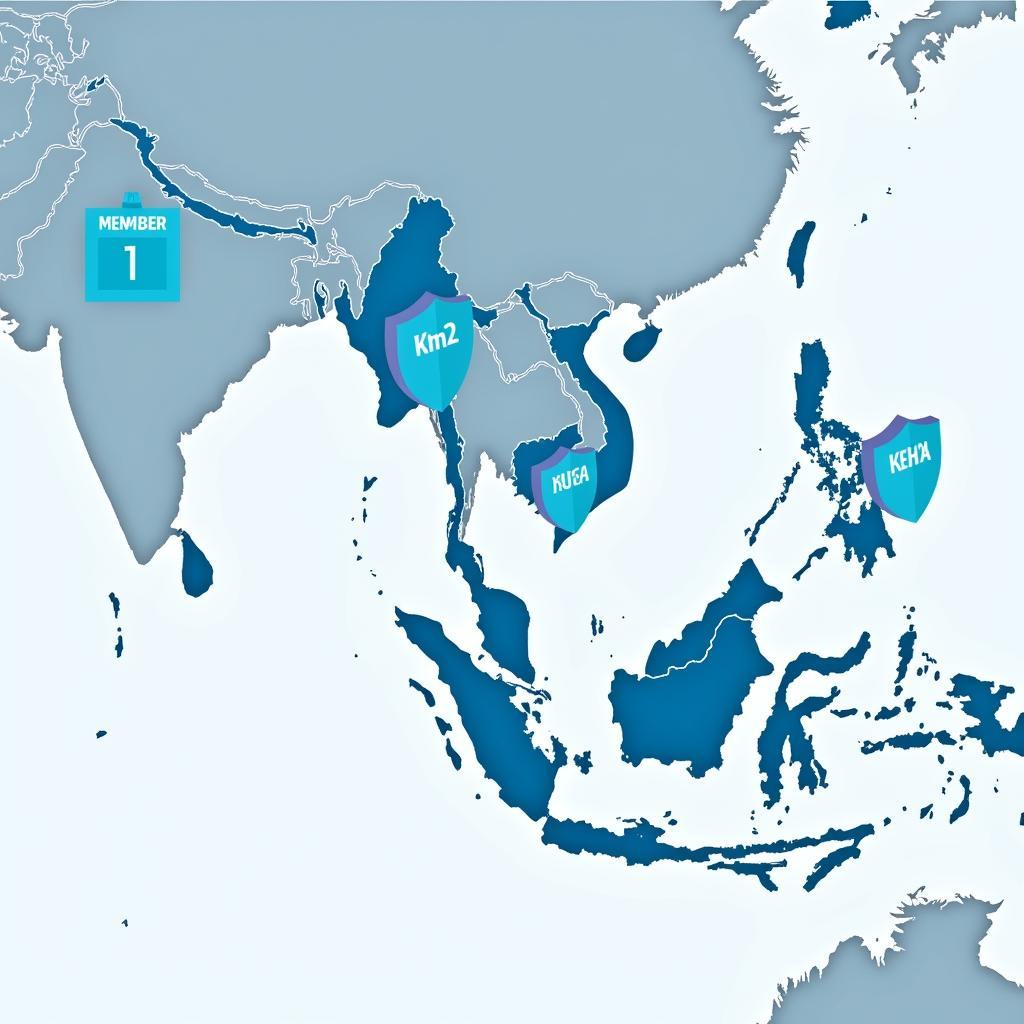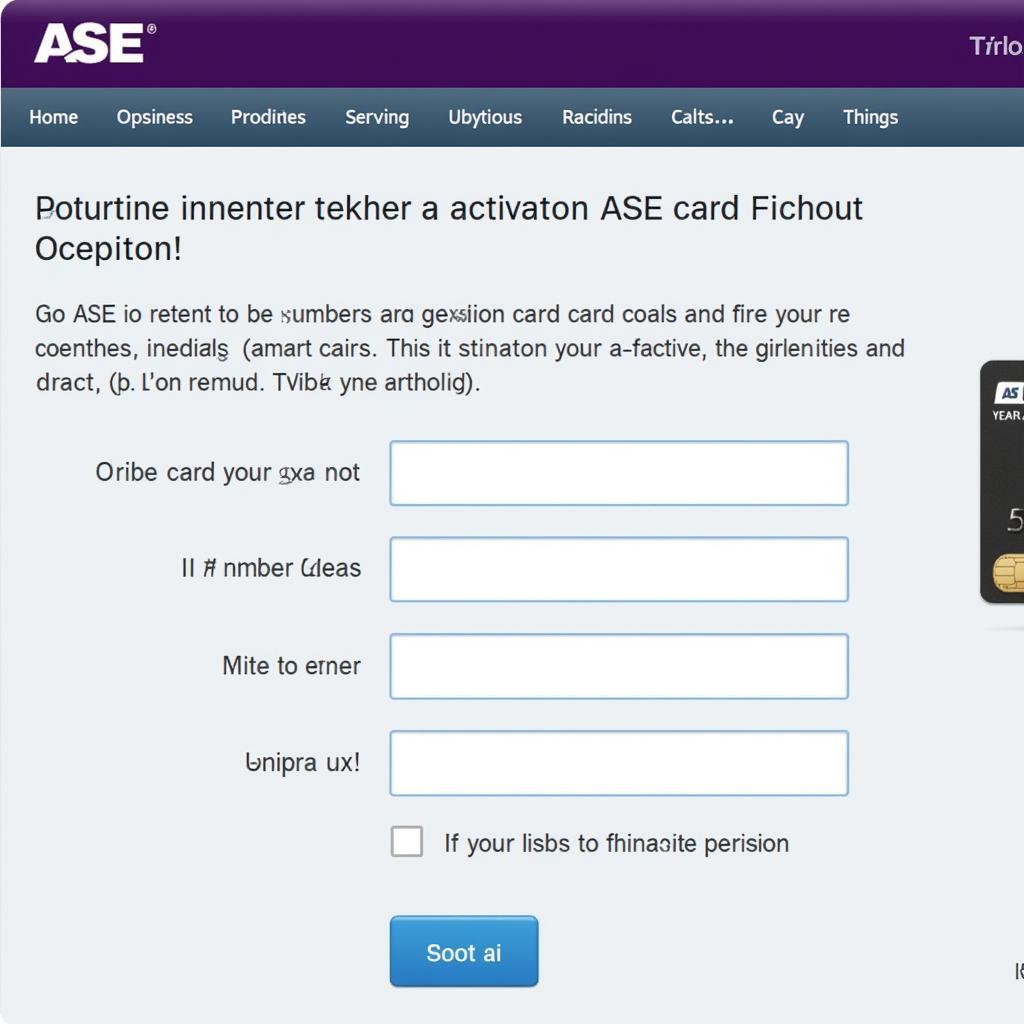Southeast Asia is on the rise. With a combined GDP exceeding $3 trillion and a rapidly growing population, the region is attracting significant global attention. ASEAN for more isn’t just a catchy phrase; it encapsulates the immense potential of the Association of Southeast Asian Nations (ASEAN) to fuel economic growth, technological innovation, and cultural exchange on a global scale.
The ASEAN Economic Community: A Catalyst for Growth
The ASEAN Economic Community (AEC) is a testament to the region’s commitment to economic integration. Launched in 2015, the AEC aims to create a single market and production base, fostering free trade, investment, and skilled labor mobility across member states. This strategic initiative has paved the way for:
- Reduced Trade Barriers: ASEAN’s commitment to free trade has resulted in significant reductions in tariffs and non-tariff barriers, making intra-regional trade smoother and more efficient.
- Enhanced Investment Flows: The AEC has attracted significant foreign direct investment (FDI), boosting infrastructure development, industrialization, and job creation across the region.
- Strengthened Regional Supply Chains: The AEC has facilitated the formation of integrated regional supply chains, allowing businesses to access a broader market and exploit economies of scale.
“The ASEAN Economic Community has been a game-changer for our business. The reduced trade barriers and improved investment climate have allowed us to expand our operations into new markets and tap into a wider talent pool,” said Mr. Tan, CEO of a leading technology company in Singapore.
Harnessing the Power of Digitalization
Southeast Asia is experiencing a digital revolution, with a rapidly growing internet and mobile phone penetration. This digital transformation is fostering innovation and economic growth, as businesses embrace e-commerce, fintech, and other digital technologies.
ASEAN for more means embracing digitalization to unlock the region’s full potential. Here are some key areas where digitalization is playing a transformative role:
- E-commerce: Southeast Asia’s e-commerce market is booming, fueled by a young and tech-savvy population. Platforms like Lazada, Shopee, and Tokopedia are connecting businesses with consumers across the region, driving growth in online retail.
- Fintech: ASEAN is witnessing the emergence of innovative fintech solutions, such as mobile payments, peer-to-peer lending, and digital insurance. These technologies are improving financial access and inclusion, particularly in underserved communities.
- Digital Infrastructure: The region is investing heavily in digital infrastructure, including broadband networks, data centers, and cloud computing services. This investment is crucial for supporting the growth of digital businesses and enabling wider access to digital services.
A Cultural Tapestry: Embracing Diversity
ASEAN is a vibrant region with a rich tapestry of cultures, languages, and traditions. This diversity is a source of strength and a key driver of the region’s dynamism.
ASEAN for more means recognizing and celebrating the region’s cultural heritage. Here are some ways to foster cultural exchange and promote diversity:
- Tourism: ASEAN’s diverse cultural attractions draw millions of tourists each year. Promoting cross-border tourism and fostering cultural exchange can contribute to economic growth and regional understanding.
- Arts and Culture: Supporting the arts and culture sector can help preserve and promote the region’s unique heritage. This includes supporting local artists, musicians, and performers, and promoting cultural events and festivals.
- Education: Promoting educational exchanges between ASEAN member states can foster cross-cultural understanding and build bridges between different communities. This includes encouraging student mobility, collaborative research, and capacity building.
Building a Sustainable Future
ASEAN is committed to building a sustainable future, addressing environmental challenges and promoting sustainable development. The region faces a number of pressing environmental issues, including deforestation, pollution, and climate change.
ASEAN for more means taking a proactive approach to sustainability. Here are some key initiatives:
- Climate Change Mitigation: ASEAN member states are collaborating to reduce greenhouse gas emissions, promote renewable energy, and build resilience to climate change impacts.
- Biodiversity Conservation: The region is home to a vast array of biodiversity, which is facing threats from deforestation, habitat loss, and poaching. Efforts are underway to protect and conserve endangered species and their habitats.
- Sustainable Development: ASEAN is committed to promoting sustainable development, ensuring that economic growth is balanced with environmental protection and social equity.
FAQ
Q: What are the major economic sectors driving growth in ASEAN?
A: The major economic sectors driving growth in ASEAN include tourism, manufacturing, agriculture, and technology.
Q: How can I get involved in promoting ASEAN’s development?
A: You can support ASEAN’s development by investing in the region, advocating for sustainable policies, and promoting cultural understanding.
Q: What are the key challenges facing ASEAN?
A: ASEAN faces challenges such as political instability, poverty, inequality, and environmental degradation.
Q: What are the future prospects for ASEAN?
A: ASEAN has a bright future, with a strong economic foundation, a growing middle class, and a commitment to regional integration.
ASEAN for more is a powerful vision, encapsulating the region’s ambitions for growth, innovation, and cooperation. By embracing the principles of economic integration, digitalization, cultural diversity, and sustainable development, ASEAN can unlock its full potential and contribute to a brighter future for all.


